What Training Does a Graphic Designer Need
So you want to become a professional graphic designer? Whether you're looking to make a career change, or wondering whether graphic design is for you, we're here to offer some guidance.
The good news is this: Your path is no longer only directed towards going to school, or investing in a formal education. To land a graphic design job in 2020, you need to cultivate the fundamentals—develop some experience, understand how to work with clients, and be willing to put yourself out there.
As long as you're passionate about design, connecting with people, and ready to put in the time and effort, you'll find that graphic design is certainly a career path worth pursuing. Follow the steps below to find out how you can become a self-taught graphic designer in 2020.
-
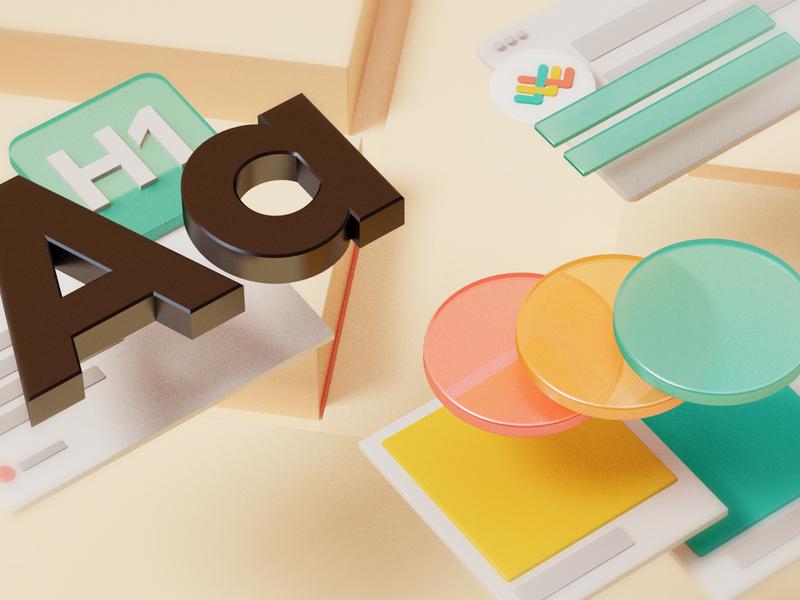
-
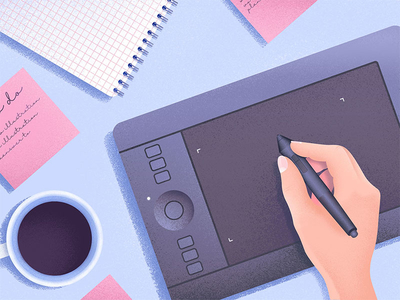
-
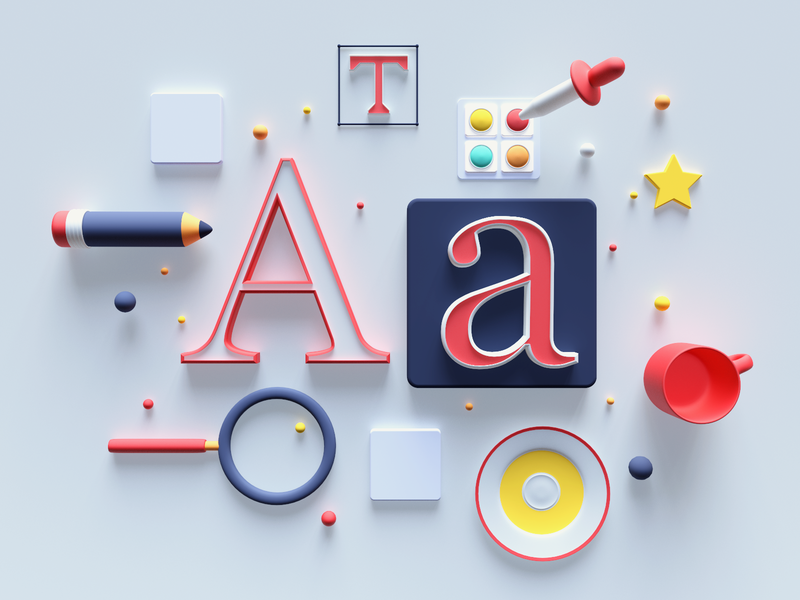
Row 1: Luc Chaissac for Lattice, Olga, Marius Juozas Žvirblis for Flair Digital.
Step 1: Learn the fundamentals
While you don't need a formal education to become a graphic designer, you do need to have a solid understanding of the fundamentals. This means getting yourself primed on the principles of graphic design, learning how to effectively use elements like color, contrast, hierarchy, balance, and proportion in your work.
Even more good news, as there's plenty of free graphic design courses online you can use to start building your knowledge base. Dabble in a few different courses and refer back to them whenever necessary.
If there's a specific graphic design niche you're interested in (i.e. brand identity design, social media marketing, website design, etc.), it doesn't hurt to find resources specific to the kind of design work you want to specialize in, too.
On top of getting primed on the basics, it's also good practice to start developing your visual eye for design. Taking time to browse through Dribbble each and every day is a great way to stay up-to-date on the latest design trends—as well as explore the various design styles that keep you fired up. Plus, you'll also gather plenty of visual inspiration and ideas for your own open projects while you're at it.
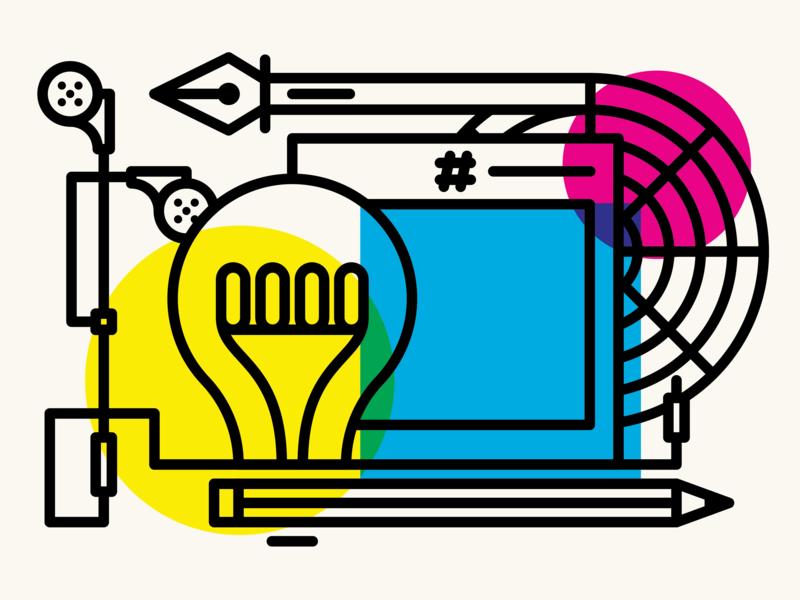
Step 2: Invest in the right tools
If you want to become a graphic designer, you'll also need to become proficient in the graphic design software in which you'll create your work. If you're just starting out, consider downloading a few free graphic design softwares before investing in more robust tools. Free graphic design tools like Vecteezy, CorelDraw, or Inkscape are great options to explore among many others.
Once you're ready to take your technical skills to the next level, we recommend investing time in mastering industry stalwarts like Adobe Illustrator and Adobe Photoshop. These are the most widely used tools across the industry—and are incredibly powerful.
Another viable tool to invest in at this stage is Bonsai. As a graphic designer, you're probably going to work as a freelancer and Bonsai can help you—from managing projects, creating proposals and contracts for clients, to sending invoices and organizing your taxes. Using this early on will benefit you immensely down the road.
Learning how to use a new software can be intimidating, but don't let that discourage you! There are plenty of free online resources to help you master these tools, and it's as easy as a quick Google search to find quality materials.
RELATED — 21 Must-Have Tools For Graphic Designers In 2020
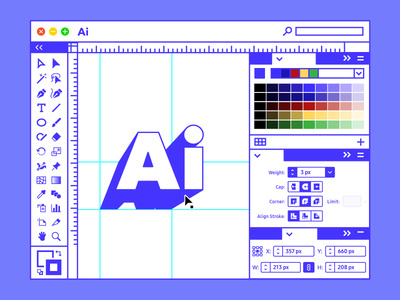
Step 3: Build a body of work
You can't become a professional graphic designer without building a persuasive body of work first—clients and employers will ask for work samples before deciding to hire you.
You might be wondering: how can I build a body of work without any real-world experience? As a budding graphic designer, you'll be glad to know there are plenty of options open to you. From creating your own self-initiated projects, to offering up your design services to family and friends, start putting your skills into practice and refining your design process.
You can even use Bonsai to help you, taking advantage of their task and project management features to organize and track your projects.
Start accumulating a body of work that directly reflects the graphic design jobs you ideally want to be hired for.
If you're having difficulty coming up with ideas, get inspired by something that already exists and put your own spin on it. Redesign your favorite logo, a website, or create marketing materials for a brand you think needs some help—the possibilities are endless. But also be strategic: work on accumulating a body of work that directly reflects the graphic design jobs you ideally want to take on.
It's also worth mentioning that you might not create anything you like right off the bat. Don't let that discourage you. Some of the best designers today started out the very same way. Keep at it, hold fast, and eventually you'll develop your own design style while uncovering your unique creative process.
"To be honest, at first I was making loads and loads of bad work. I kept putting together collections of work until the feedback finally became positive. This taught me more than I think any art program could have. Sure there was a lot of self-doubt, frustration, and uncertainty—but these lows were just part of following a passion." — Spencer Gabor, Self-Taught Designer & Illustrator

Step 4: Get your work seen
Once you've built up a body of work you're proud of, it's time to create an online graphic design portfolio to showcase the fruits of all that hard work, and to let the world know you're available. And, hey! Our very own Dribbble Pro is the simplest and most effective instant portfolio building tool that ensures your work gets discovered.
Unlike a traditional design portfolio, when you share your work on Dribbble, your work gets seen and is discoverable by millions of people each and every month. Hiring managers and design recruiters often scout Dribbble when looking to bring on new design talent, and they can contact you directly from your Dribbble Pro account. Be sure to update your work availability by toggling the briefcase icon in Dribbble's main navigation when you're logged in!
"A lot of companies and agencies scout for talent on Dribbble and a ton of the work requests I get will begin with saying they've found me on Dribbble." — Jonas Mosesson, Motion Designer
There's no single formula for cooking up a perfect design portfolio, and there's no way to guarantee you'll be offered every freelance or full-time job opportunity you apply to. That said, like any other design project, improving your design portfolio is an iterative process—it gets better the more you practice and hone your skills, so keep updating your portfolio as you create new work!
MUST READ — How to target your design portfolio to get the client you want
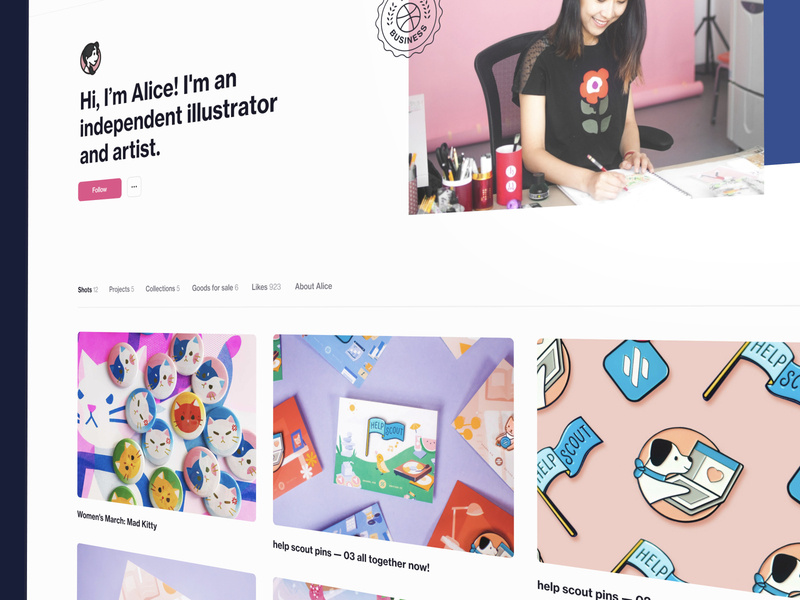
Step 5: Network with other graphic designers
The work doesn't stop at your design portfolio. Professional graphic designers should never underestimate the power of networking and community building. Building connections amongst your graphic design peers is invaluable for improving your skills, engaging in valuable conversations with industry experts, and getting new opportunities through referrals and partnerships.
Again, Dribbble is a great place to make these connections and to gather valuable feedback on your design work. Remember that feedback is an invaluable aspect of growing as a designer—embrace any and all negative feedback and use it to propel your skills forward. In fact, learn to seek out feedback and you'll be surprised at how fast your skills start to improve.
"Negative feedback doesn't have to be a confidence-crushing blow. When you learn to deal with it in a productive and professional manner, negative feedback can help you grow as a designer, level-up your skills, and create better products. — Cameron Chapman, Designer & Author
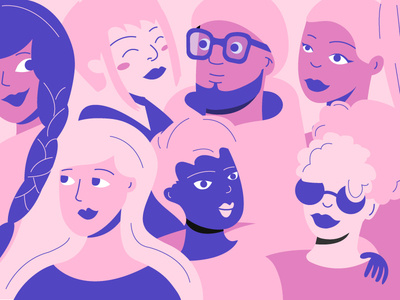
Step 6: Get real-world work experience
At this point in your journey to becoming a graphic designer, it's time to get some real-world experience under your belt. Depending on your skill level, you might want to start by searching for entry-level graphic design jobs and internships.
Start by sifting through job openings on Dribbble's design Job Board, and one-off freelance gigs on Dribbble's Freelance Project Board. If you've got your eye on a company you really want to work for, it never hurts to reach out and express interest, even if they're not currently hiring. You never know what future opportunities it could bring you down the line!
The job hunt is also the perfect opportunity for you to practice all of the necessary soft skills graphic designers need to succeed, like client communication, interview best practices, and effectively selling your designs.
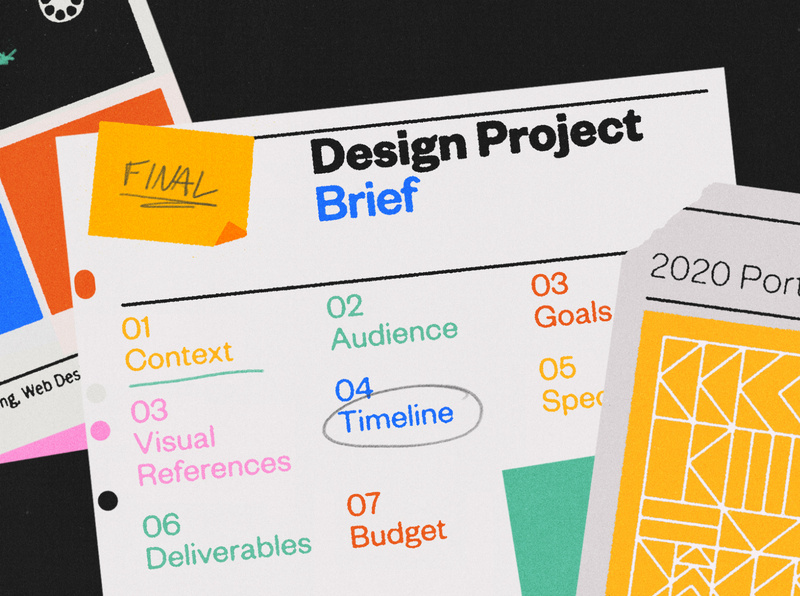
Keep learning and growing
Now that you know the steps needed to jumpstart your graphic design career, get out there and put in the work! And if there's one thing you should remember, it's that design is an ever-evolving industry. Keep learning, use tools like Bonsai early on, stay up to speed on new tools and processes, and continue building connections with your design peers. You've got this! ■
Find more Process stories on our blog Courtside. Have a suggestion? Contact stories@dribbble.com.
What Training Does a Graphic Designer Need
Source: https://dribbble.com/stories/2020/11/10/how-to-become-a-graphic-designer
0 Response to "What Training Does a Graphic Designer Need"
Post a Comment